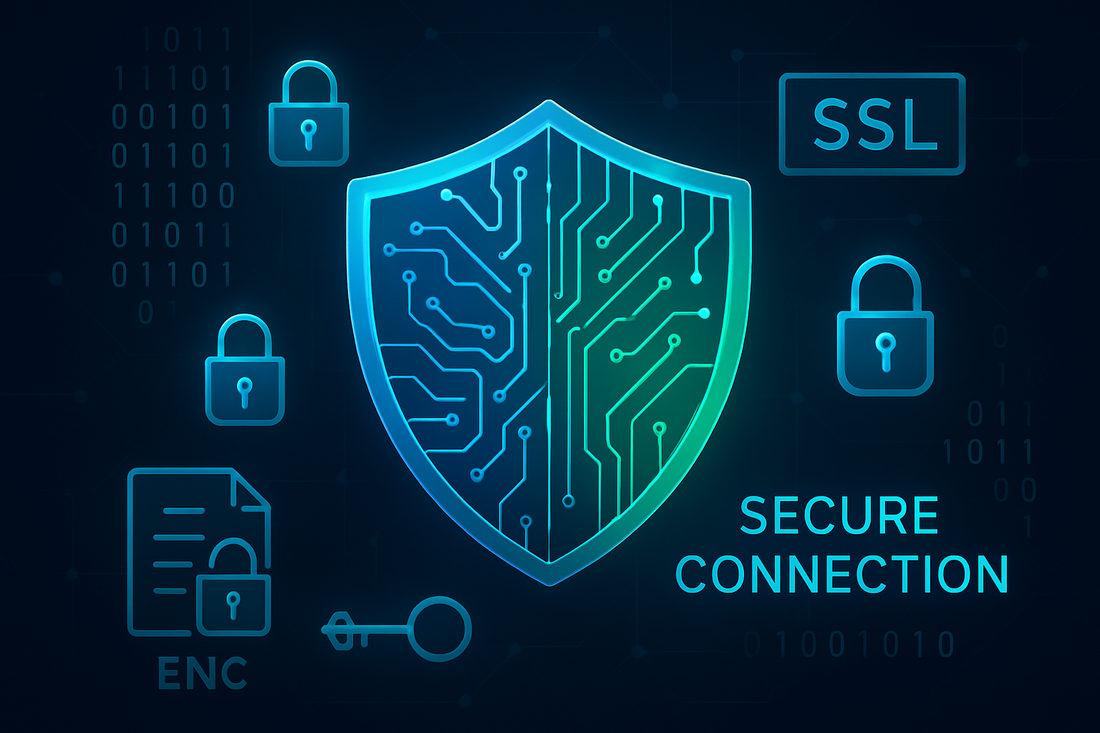
Hashing vs Encryption : What’s the Difference?
Michael FosterShare
In the world of digital security and SSL Certificates, understanding the fundamental differences between hashing and encryption is crucial for implementing proper security measures.
These two distinct cryptographic processes serve different purposes while working together to create secure systems and protect sensitive data.
Understanding Hashing
Hashing is a one-way cryptographic function that generates a fixed-size string of characters from any input data, regardless of its original size. The resulting hash value, often called a message digest, serves as a unique digital fingerprint of the original data.
A critical characteristic of hashing is that it cannot be reversed to reveal the original input. This property makes hashing particularly valuable for password storage and data integrity verification in SSL Certificate implementations.
Common hashing algorithms include SHA-256 and SHA-384, which are extensively used in modern SSL Certificates and digital signatures. These algorithms produce consistent output lengths : SHA-256 creates a 256-bit hash value, while SHA-384 generates a 384-bit result.
When generating a Certificate Signing Request (CSR), hashing algorithms ensure the integrity of the public key and domain information being submitted to the Certificate Authority (CA).
Understanding Encryption
Encryption, unlike hashing, is a two-way process designed to protect data confidentiality. It transforms readable plaintext into scrambled ciphertext using a specific key, and importantly, this process can be reversed using the corresponding decryption key.
SSL Certificates utilize both symmetric and asymmetric encryption to establish secure connections between servers and clients.
Modern SSL Certificates commonly employ RSA or ECC (Elliptic Curve Cryptography) algorithms for asymmetric encryption. These methods use key pairs : a public key for encryption and a private key for decryption.
The strength of encryption depends on key length, with current industry standards recommending minimum RSA key lengths of 2048 bits for SSL Certificates to ensure adequate security.
Key Differences and Applications
The primary distinction between hashing and encryption lies in their intended purposes and reversibility.
While encryption focuses on maintaining data confidentiality with the ability to decrypt, hashing ensures data integrity and verification without the possibility of reversal. In SSL Certificate implementations, both processes work together : encryption protects the data in transit, while hashing verifies the authenticity of digital signatures and SSL Certificates.
SSL Certificates rely on both technologies during the TLS handshake process. The server SSL Certificate chain is verified using hash values to ensure integrity, while the session keys are securely exchanged using encryption.
This combination provides the foundation for secure HTTPS connections, protecting millions of websites and their users daily.
Security Considerations and Best Practices
When implementing security measures with SSL Certificates, it is essential to use current industry-standard algorithms.
For hashing, SHA-256 or stronger variants are recommended, as older algorithms like MD5 and SHA-1 are considered cryptographically vulnerable. Similarly, encryption implementations should utilize strong key lengths and modern protocols like TLS 1.2 or TLS 1.3.
Trustico® recommends regular SSL Certificate rotation and careful private key management to maintain robust security.
Organizations should also implement proper key storage practices and ensure their cryptographic implementations follow current security guidelines established by recognized standards bodies like NIST and the CA/Browser Forum.



